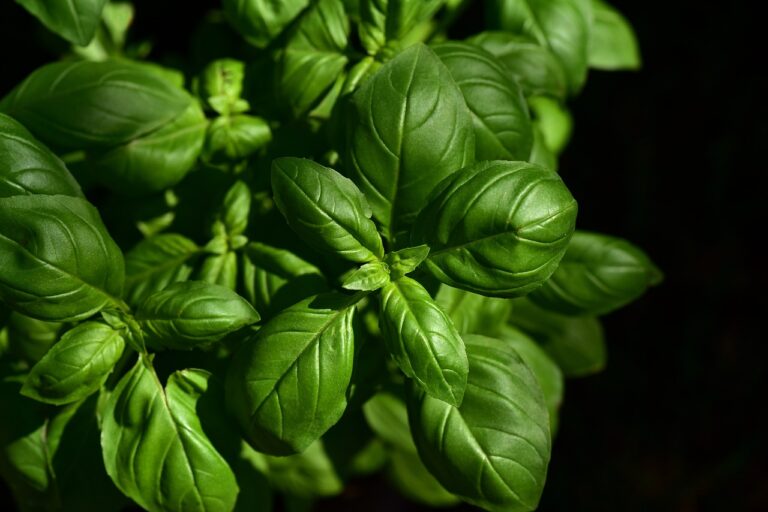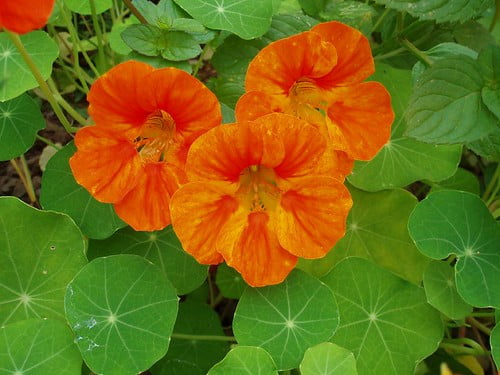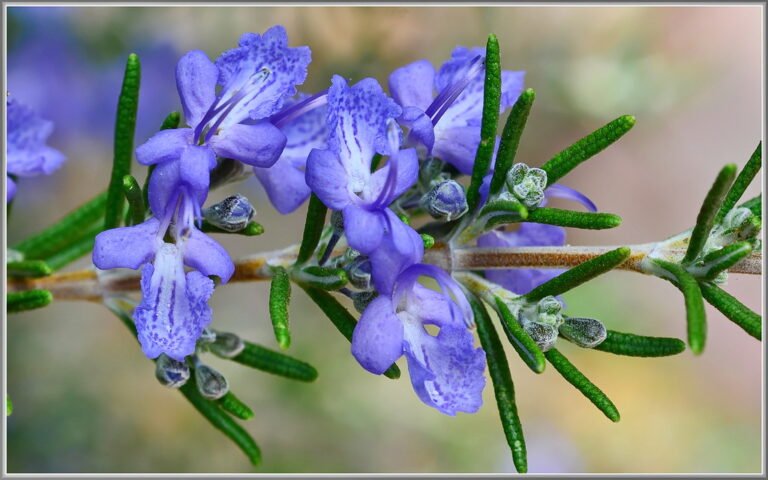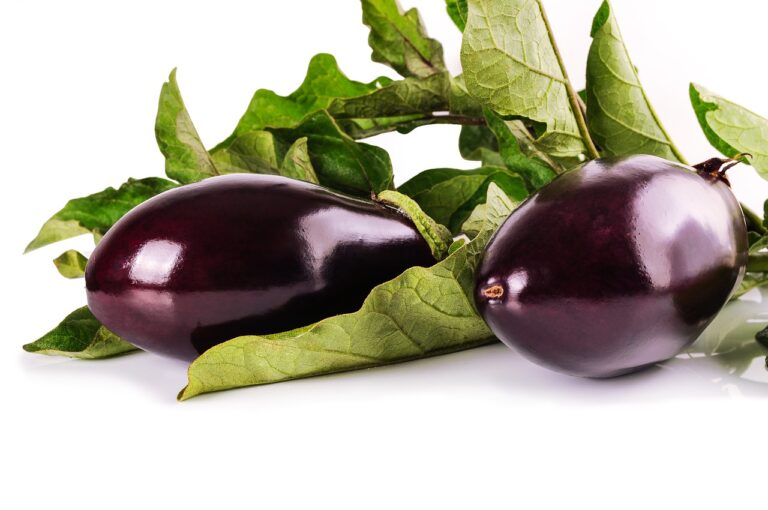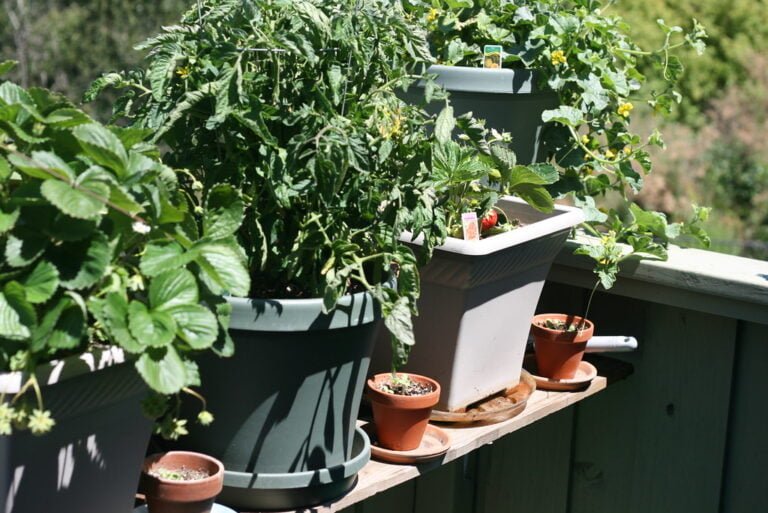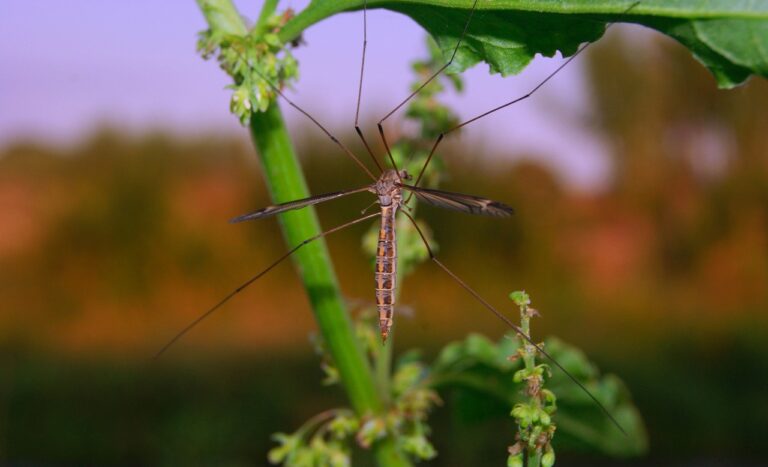Exploring the Role of Beneficial Insects in Companion Planting: Attraction, Repellent, and Supportive Plants
Beneficial insects are crucial in companion planting. They attract, repel, and support plant diversity for natural pest control and plant vitality. Plants like dill and yarrow lure ladybugs and lacewings that prey on pests. Basil and rosemary emit scents deterring harmful insects. Sunflowers and wildflowers attract pollinators. Marigolds and coriander create habitats for beneficial predators. Including a variety of plants in your garden fosters a balanced ecosystem. The strategic placement of insect-attracting flowers boosts pest control and increases yields. Herbs like lavender and thyme repel insects naturally. Utilizing supportive plants can reduce the need for synthetic pesticides.
Plants That Attract Beneficial Insects
When selecting plants for companion planting to attract beneficial insects, it is essential to choose species like dill, fennel, and yarrow that have been proven to attract beneficial insects such as ladybugs, lacewings, and parasitic wasps. These plants not only provide nectar for pollinators like bees and butterflies but also act as a habitat for these helpful insects. Ladybugs are known to feast on aphids, mites, and scale insects, making them valuable allies in controlling pest populations. Lacewings are voracious predators of insect eggs, aphids, and caterpillars, offering a natural solution to garden infestations. Parasitic wasps, despite their ominous name, are crucial in parasitizing harmful pests like caterpillars and beetle larvae, thereby assisting in pest management.
Apart from dill, fennel, and yarrow, other plants like alyssum, daisies, and sunflowers are excellent choices for attracting beneficial insects such as bees and butterflies. These pollinators play a vital role in plant reproduction and ecosystem health. By planting a diverse array of flowering species that provide nectar and pollen, you can create a thriving environment that supports a wide range of beneficial insects. Nurturing these insect populations through thoughtful plant selection is a sustainable and effective way to maintain a balanced ecosystem in your garden.
Plants That Repel Harmful Insects
Several plant species, including basil, rosemary, and mint, possess volatile oils known for their ability to repel harmful insects through their potent scents. These plants emit strong fragrances that act as natural deterrents, making them valuable additions to companion planting arrangements aimed at pest control. Additionally, plants in the Allium genus, such as onions, exhibit repellent properties against pests, contributing to a garden’s defense system.
In the domain of natural pest control, botanical insecticides derived from plants like pyrethrum and neem play an essential role in repelling and deterring harmful insects. These botanical solutions offer effective alternatives to synthetic pesticides, aligning with the principles of sustainable gardening and environmental protection.
Furthermore, companion plants like sage and thyme are renowned for their pungent odors that repel pests while supporting a balanced garden ecosystem. These plants not only help in repelling harmful insects but also attract beneficial insects that aid in maintaining a harmonious coexistence within the garden.
Moreover, some plants may not directly repel insects but disrupt their host plant selection behaviors, contributing significantly to natural pest control strategies in companion planting setups. By utilizing plants with repellent properties and understanding their role in discouraging harmful insects, gardeners can create a healthier and more resilient garden environment.
Plants That Support Insect Biodiversity
Plants like yarrow, dill, and fennel play a pivotal role in supporting insect biodiversity by attracting beneficial insects. These plants act as a magnet for ladybugs, lacewings, and parasitic wasps, which are natural predators of garden pests. By incorporating these insect-attracting plants into the garden, a harmonious ecosystem can be established where pest populations are naturally controlled.
Additionally, wildflowers such as coneflowers, asters, and goldenrods are essential for supporting pollinators like bees and butterflies. These pollinators not only aid in the reproduction of plants but also contribute to the overall insect diversity within the garden. Furthermore, umbelliferous plants like cilantro, parsley, and carrots are known to attract hoverflies and predatory wasps. These insects play a critical role in controlling aphids and other common garden pests, reducing the need for chemical pesticides.
Diverse plant species that bloom at different times should be incorporated into the garden to ensure a continuous food source for beneficial insects. This approach helps maintain a balanced ecosystem, where insects are supported throughout the growing season. By strategically planting yarrow, dill, fennel, wildflowers, and umbelliferous plants, one can create a garden teeming with beneficial insects that contribute to a thriving and sustainable environment.
Companion Plants for Pest Management
I will now introduce the discussion on Companion Plants for Pest Management. Pest-Repelling Companion Plants, Insect-Attracting Plant Species, and Natural Pest Control Options are key points to take into account when aiming for a balanced ecosystem in the garden. These strategies can help reduce the need for chemical pesticides and foster a healthy environment for beneficial insects.
Pest-Repelling Companion Plants
Among the array of pest-repelling companion plants used in companion planting, basil, rosemary, and mint stand out for their effective scent-based pest management properties. These plants help deter pests through their aromatic compounds, making them valuable additions to any garden seeking natural pest control solutions. Additionally, marigolds serve as trap crops, diverting pests away from main crops and reducing potential damage. Calendula, another companion plant, attracts beneficial insects such as ladybugs and lacewings, which feed on common garden pests, contributing to a balanced ecosystem. Incorporating these pest-repelling plants into companion planting schemes improves the overall pest management strategies in a sustainable and eco-friendly manner.
Insect-Attracting Plant Species
Drawing upon nature’s intricate relationships, certain insect-attracting plant species play an essential role in companion planting for effective pest management strategies. Plants like marigolds, dill, and fennel are known to attract beneficial insects such as ladybugs, lacewings, and parasitic wasps, which help in controlling common garden pests. Additionally, species like alyssum, yarrow, and dill act as nectar and pollen sources for bees and butterflies, enhancing pollination and promoting ecosystem diversity. By incorporating insect-attracting plants like coriander, fennel, and dill in the garden, habitats for predatory insects are created, aiding in the control of aphids, caterpillars, and other harmful pests. These plants, along with others like sunflowers and sweet alyssum, attract hoverflies, parasitic wasps, and predatory beetles, contributing to natural pest control efforts and fostering a balanced garden ecosystem.
Natural Pest Control Options
Incorporating companion plants known for their natural pest control properties is crucial for maintaining a balanced and thriving garden ecosystem.
- Marigolds, Basil, and Calendula: Attract beneficial insects that prey on garden pests, promoting natural pest control.
- Rosemary, Thyme, and Sage: Act as repellents for pests, discouraging them from infesting crops.
- Mint, Dill, and Fennel: Support beneficial insects like ladybugs and lacewings, assisting in pest management.
- Three Sisters Planting Technique: Utilizing corn, beans, and squash creates a varied ecosystem that naturally manages pest populations.
Beneficial Insect-Attracting Flowers
When selecting flowering plants to attract beneficial insects, it’s important to take into account varieties like marigolds, calendula, and nasturtiums known for their insect-attracting properties. Designing a pollinator-friendly garden layout with a diverse range of these flowers can enrich biodiversity and create a thriving ecosystem. By planting these beneficial insect-attracting flowers, one can greatly reduce the reliance on chemical pesticides and promote natural pest control mechanisms in companion planting systems.
Flowering Plant Selection
To attract beneficial insects like ladybugs, lacewings, and hoverflies to your garden, selecting flowering plants such as marigolds, calendula, and nasturtiums is essential. These flowers play a vital role in companion planting for attracting and supporting beneficial insects. Here are some key points to keep in mind when choosing flowering plants:
- Marigolds, with their vibrant blooms, attract ladybugs that feed on aphids.
- Calendula provides nectar for hoverflies, which prey on harmful caterpillars.
- Nasturtiums not only attract lacewings but also repel pests like whiteflies due to their pungent scent.
- Incorporating a variety of flowering plants fosters a diverse ecosystem, promoting plant health and reducing the need for chemical interventions.
Pollinator-Friendly Garden Design
In designing a pollinator-friendly garden layout, strategic placement of beneficial insect-attracting flowers like lavender, bee balm, and coneflowers is essential for promoting biodiversity and enhancing natural pest control. These pollinator-friendly flowers attract beneficial insects such as bees and butterflies, which play an essential role in pollination, ultimately leading to increased fruit and vegetable yields in companion planting systems. A diverse ecosystem created by including a variety of flowering plants supports the populations of beneficial insects, vital for reducing the need for chemical pesticides and maintaining garden biodiversity. By focusing on attracting beneficial insects in garden layouts, a healthy environment is fostered, promoting the best plant growth and effective pest management without the use of harmful chemicals.
Herbs as Insect Repellents
Herbs with important fragrances, such as basil, rosemary, and mint, serve as effective natural insect repellents in companion planting. These aromatic plants release volatile oils that interfere with pest behavior, effectively deterring them from infesting surrounding plants. When strategically placed in gardens, these herbs play a vital role in pest control by naturally repelling insects. Here are some key points to keep in mind about using herbs as insect repellents:
- Lavender, Thyme, and Oregano: These herbs are not only known for their culinary uses but also for their insect-repelling properties. Planting them in proximity to other crops can help manage insect populations and protect your garden.
- Sage and Chives: Herbs like sage and chives have particularly strong scents that insects find unpleasant. By incorporating these herbs into your garden, you can effectively deter pests from your target crops.
- Companion Planting: Herbs with potent aromas make ideal companion plants for deterring pests. Their natural defense mechanisms can create a protective barrier around other vulnerable plants, reducing the need for chemical pesticides.
- Garden Protection: Using herbs as insect repellents not only safeguards your plants but also promotes a healthier garden ecosystem. By harnessing the power of these natural deterrents, you can maintain a thriving garden while minimizing the risks associated with synthetic pest control methods.
Supporting Plants for Natural Pest Control
Supporting plants play an essential role in naturally controlling pest populations in gardens by attracting beneficial insects and predators. When considering natural pest control, companion planting with specific plants like marigolds, basil, and mint can be highly important. These plants act as attractants for beneficial insects such as ladybugs and lacewings, which are natural predators of many common garden pests. Additionally, plants like calendula can draw in predators that target garden pests, aiding in pest management without resorting to harmful chemicals.
Maintaining a diverse garden with supportive plants is vital for natural pest control as it helps create a balanced ecosystem. By combining various plants with natural pest-repellent properties like rosemary, thyme, and sage, gardeners can effectively deter pests without the need for synthetic pesticides. This approach not only reduces reliance on potentially harmful chemicals but also promotes a healthier garden environment overall.
Incorporating pest-repellent plants into companion planting strategies is a practical and sustainable way to manage pest populations naturally. By harnessing the power of beneficial insects and fostering a diverse and pest-resistant garden, gardeners can cultivate a thriving ecosystem that minimizes the need for conventional pest control methods.

